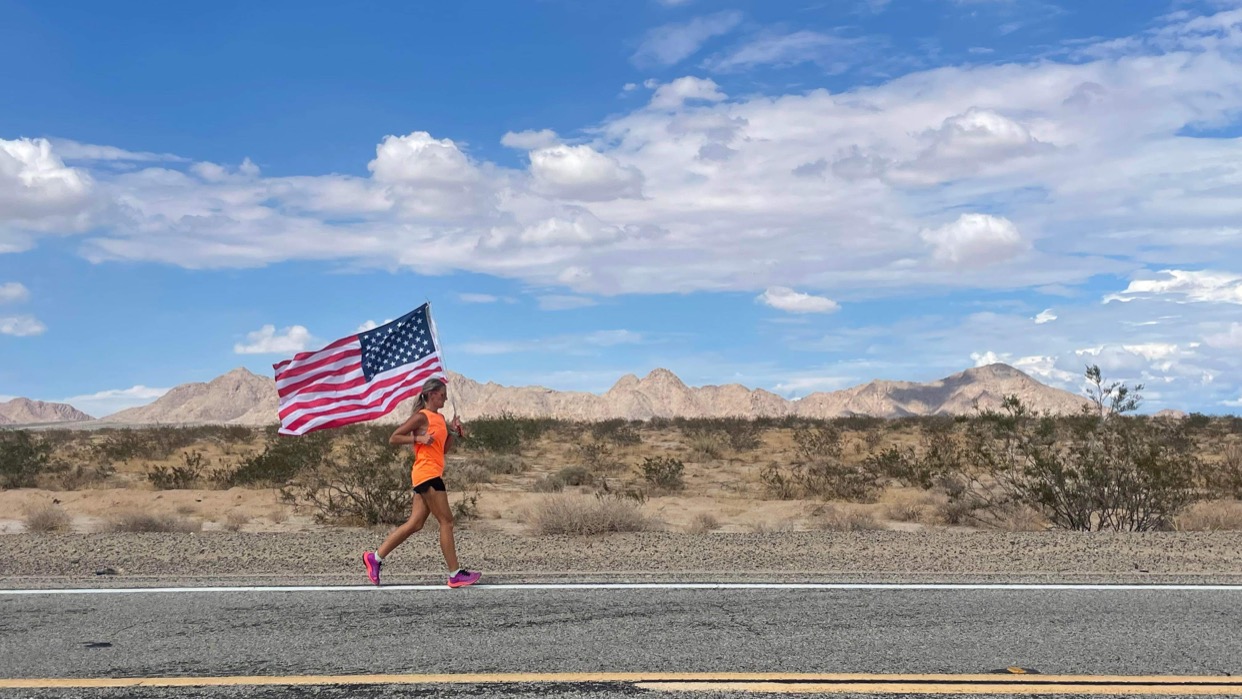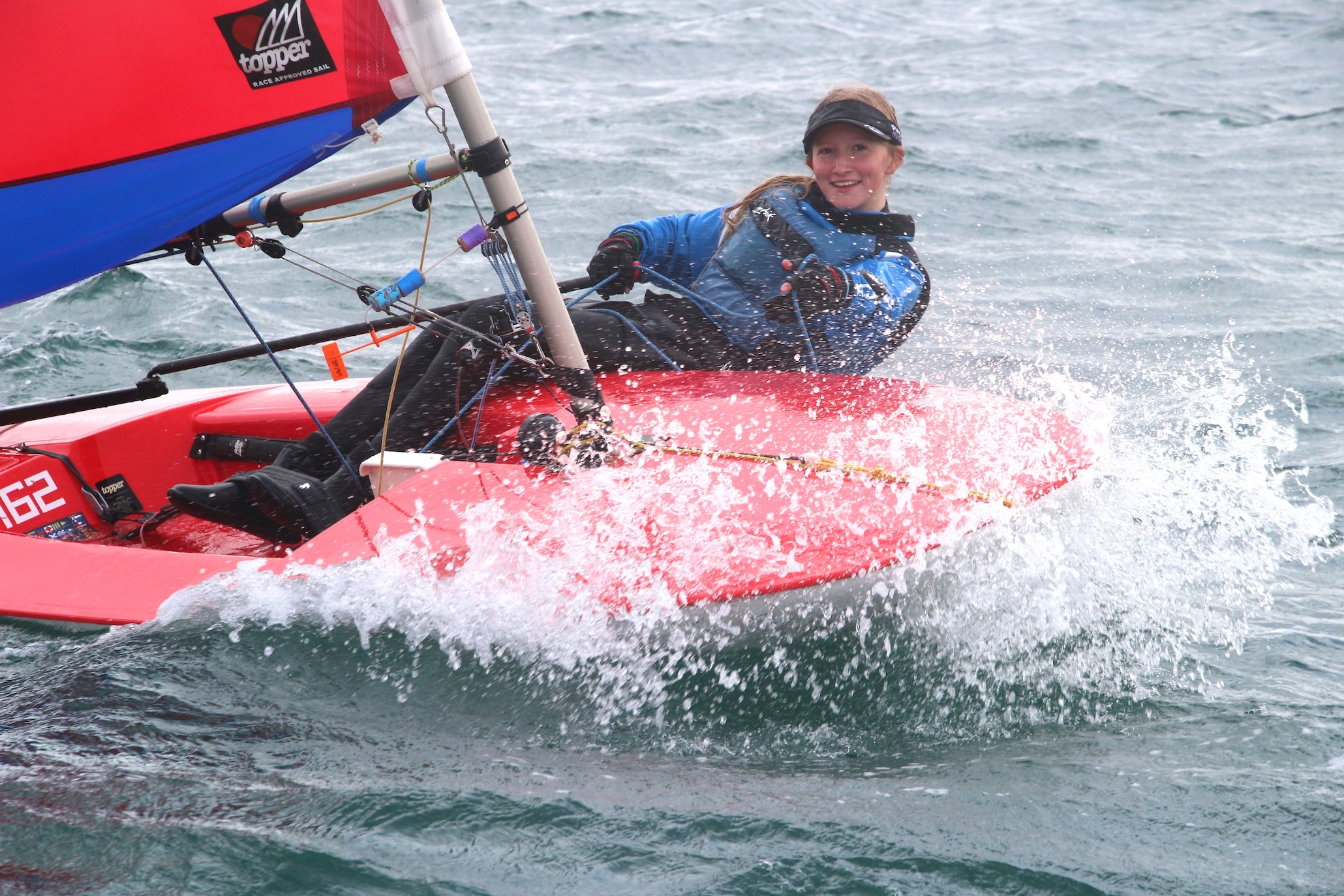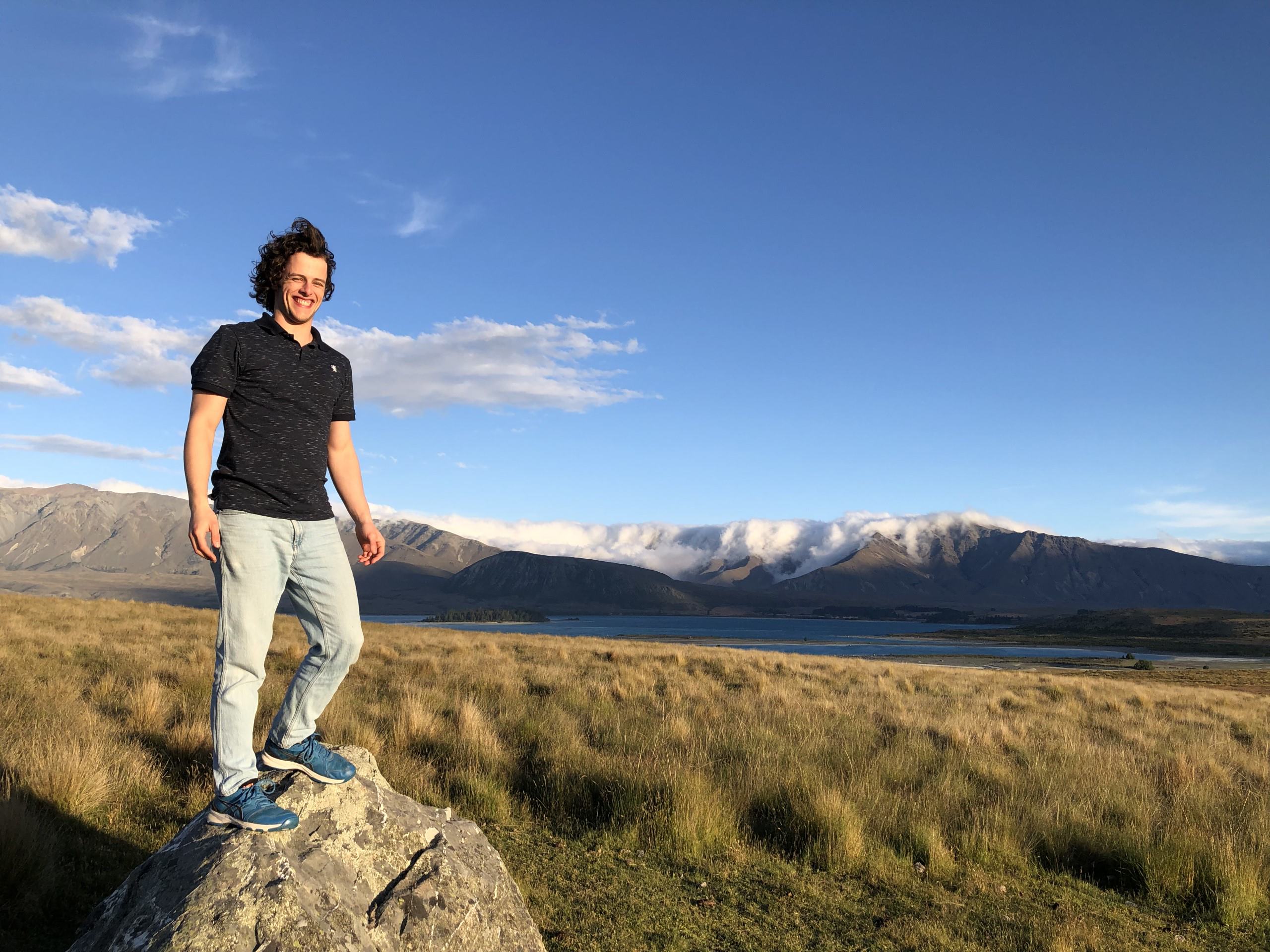
Community Spotlight: Celia’s perfect hearing technology combination for unilateral hearing loss
June 28, 2018
Photographer tells hearing loss stories through latest photo series
July 3, 2018Deaf flautist: “Music is not just audible; it’s equally visible!”

A common misconception is that deaf people can’t hear music.
Although this may be true depending on the level of hearing loss a person has, it doesn’t mean deaf people can’t access or be entertained by music. Music can be heard, felt through vibrations, or seen through the movement of a musician; it’s an expressive form of art.
Megan Angharad Hunter, a 19-year-old flautist, is an example of an extraordinary musician breaking down barriers and proving that deaf people can enjoy music in various ways.
Megan was born in Welsh and her hearing loss was not discovered at birth. She had a late diagnosis of mild bilateral hearing loss at the age of seven.
“My hearing loss is genetic, which means that both of my parents carry the hearing loss gene although they don’t have hearing loss themselves,’ says Megan.
She wears hearing aids and communicates through speech and lip-reading, and is currently learning British Sign Language.
Entering a world of music
When thinking about her first encounter with music, Megan recalls hearing the beautiful sound of the flute. The sound immediately caught her attention, making her eager to learn how to play. She started playing the flute at age nine in addition to the piano and saxophone.
One of her fondest music memories that she’ll never forget is receiving a diploma for passing her grade eight flute exams. This was a big accomplishment for Megan.
Read more: Can my child learn to play a musical instrument with their hearing loss?
Even now at university, Megan hasn’t lost touch with her music and continues to accomplish more in the musical world.
She was chosen to take part in a project led by a national Deaf organization, which chooses 24 young deaf people from all over the UK. They are to take part in music, dancing, and acting workshops alongside with deaf professionals. This includes a workshop with famous deaf flautist Ruth Montgomery.
Doing the workshop with Ruth gave Megan the chance to compare their experiences, to learn some valuable skills and inspired her to continue playing music in the future.
“Ruth was lovely to talk to! Both of us use our old hearing aids to play the flute due to fact that our new hearing aids go a little crazy when we play high notes!” Megan describes. “I was in awe when she told me that she teaches the flute to hearing flautists. Ruth definitely became my biggest role model as a deaf flautist! But, I’ve also been inspired by the deaf percussionist, Evelyn Glennie, and I was lucky enough to see her perform a few years ago.”
“Both of us use our old hearing aids to play the flute due to fact that our new hearing aids go a little crazy when we play high notes!”
These workshops provide a valuable opportunity to meet other deaf people with similar interests but to also develop their skills in performing and composing.
“It was a great opportunity to meet other enthusiastic deaf musicians and I truly realized that, as you have said yourself Ellie, deaf people can accomplish anything, given the right support and encouragement!” Megan says.
Overcoming challenges
None of these accomplishments came without overcoming challenges. Megan particularly face challenges when she went to university. Moving from her small town of Gwynedd in North Wales, UK to attend Cardiff University, proved a big step up for Megan.
“Starting university and moving to a strange new place with new people has been the most difficult experience of my life,” says Megan.
“Starting university and moving to a strange new place with new people has been the most difficult experience of my life.”
Being able to adapt from small classrooms with people being aware of her hearing loss to a completely new lifestyle with different learning environments, new people and new challenges.
“I have to ask people not to mumble and to repeat what they say several times before I can hear, if not I have to pluck up the courage to tell everyone I meet about my hearing loss,” she explains. “All the lecturers wear my Roger Pen, a microphone which connects to my hearing aids. It’s great, but although I’m currently studying Medical Pharmacology, I still want to pursue music and perform regularly.”
Other challenges that are related to music include tuning which determines the sound they play is pure or not, but with anything, if you get the right support or technology to help, it can take you a long way!
“I’ve played with a tuning machine in the past,” Megan says. “It tells me if I’m too flat or too sharp so that I can adjust my breath to get the right tone. I would never be able to play like I do now and enjoy it half as much without the countless hours I put into practicing, sometimes just to perfect the sound of a single note.”
Despite the challenges, her hearing loss hasn’t stood in the way of her passion.
“It sounds very cliché, but music really does mean the world to me; it’s one of my greatest passions,” Megan says. “Nothing compares to the feeling of turning a series of notes on a page into an emotion or a story through sound. I just have to work a little bit harder than hearing musicians, which I believe has lead me to become a more dedicated flautist.”
“Nothing compares to the feeling of turning a series of notes on a page into an emotion or a story through sound.”
Her challenges have also helped her to realize that not only does playing music use auditory skills, but also visual skills as well.
“Music is a universal right that everyone can access, although perhaps in different ways. Music is not just audible; it’s equally visible!” Megan says.
“Music is not just audible; it’s equally visible!”
Megan recalls watching an orchestra and witnessing the passion of the conductor and seen from their movement. She thought it was just as wonderful and animated as the music itself. Solo musicians also pour their heart and soul into their playing. They express this through facial expressions and body movement.
She has even noticed this while playing herself!
“People often comment that I dance while I play!” Megan shares.
Last note
Megan has advice that she would like to pass down to other aspiring deaf musicians.
“The piece of advice I’d give is, simply to go for it, it’s never too late to start!” Megan says with encouragement. “Deaf people can do anything that a hearing person can and music is a universal and beautiful art that everyone should have the right to pursue; don’t let anyone tell you otherwise. Learning an instrument requires a lot of hard work and patience but if you practice and really pour your heart into it I promise that you will achieve that dream. Practice really does make perfect!”
Which deaf and hard of hearing musicians do you know of? Let us know in the comments.




